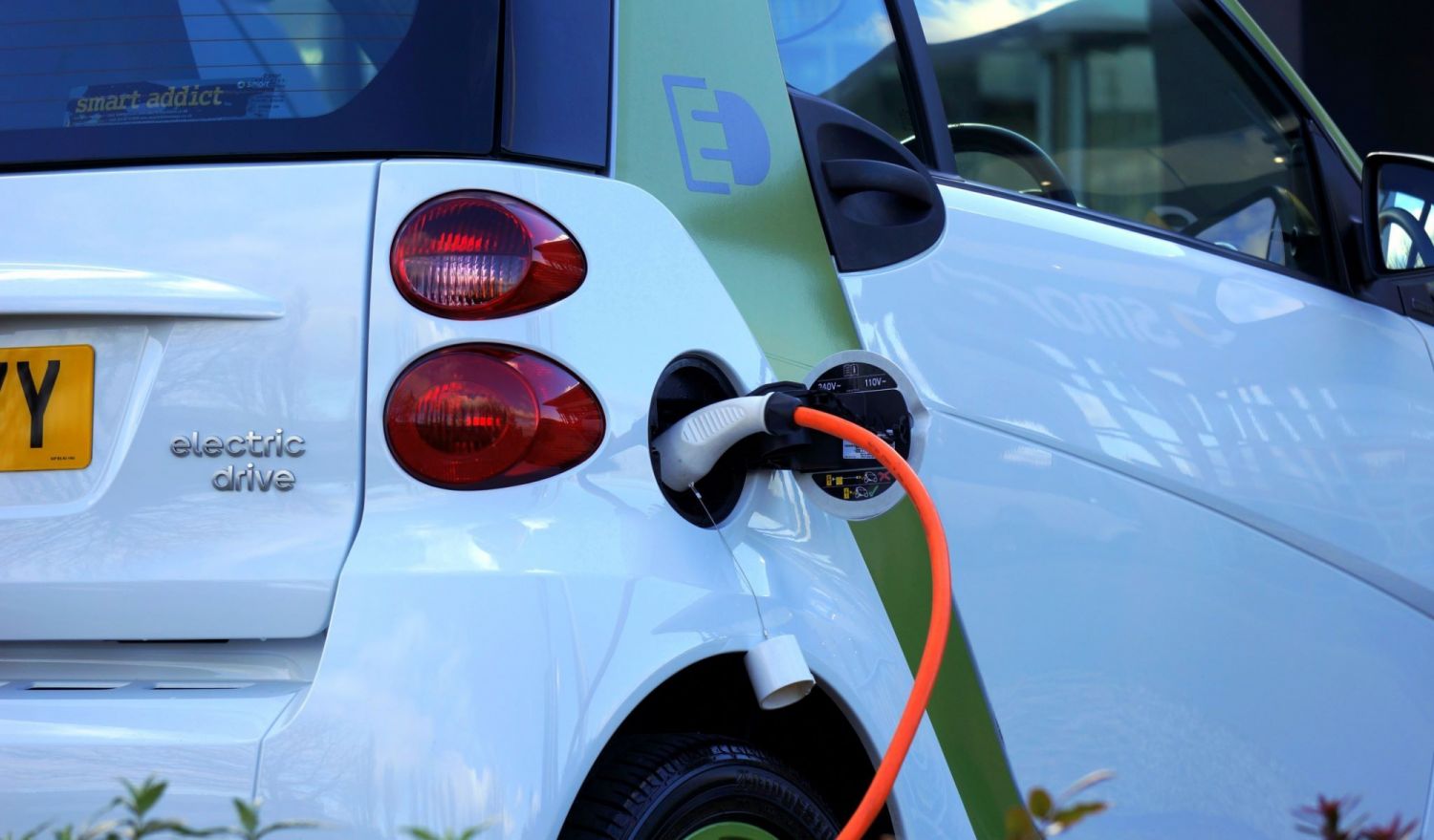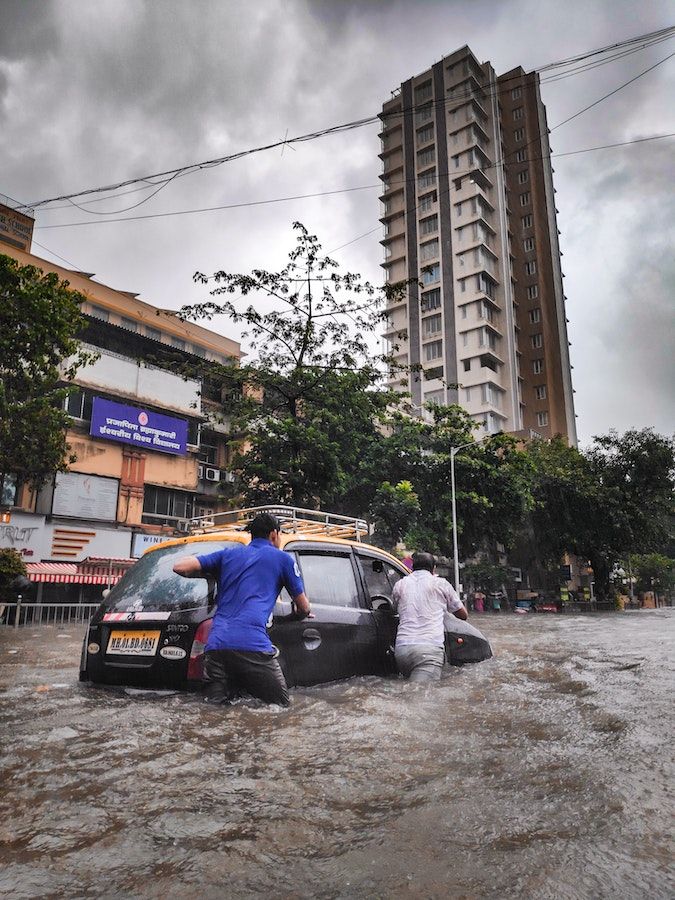The United Nations body known as the Intergovernmental Panel on Climate Change (IPCC) releases a comprehensive assessment every six years detailing the science of climate change
The IPCC Sixth Assessment Report covers the path we need to take to tackle the climate crisis. Here are five key takeaways:
1. It’s now or never

The coming years are critical. Global greenhouse gas emissions must peak by 2025 at the latest. Emissions need to be reduced by 43 per cent by 2030, and methane by a third.
“It’s now or never, if we want to limit global warming to 1.5 °C (2.7°F),” says Jim Skea, co-chair of IPCC Working Group III. “Without immediate and deep emissions reductions across all sectors, it will be impossible.”


